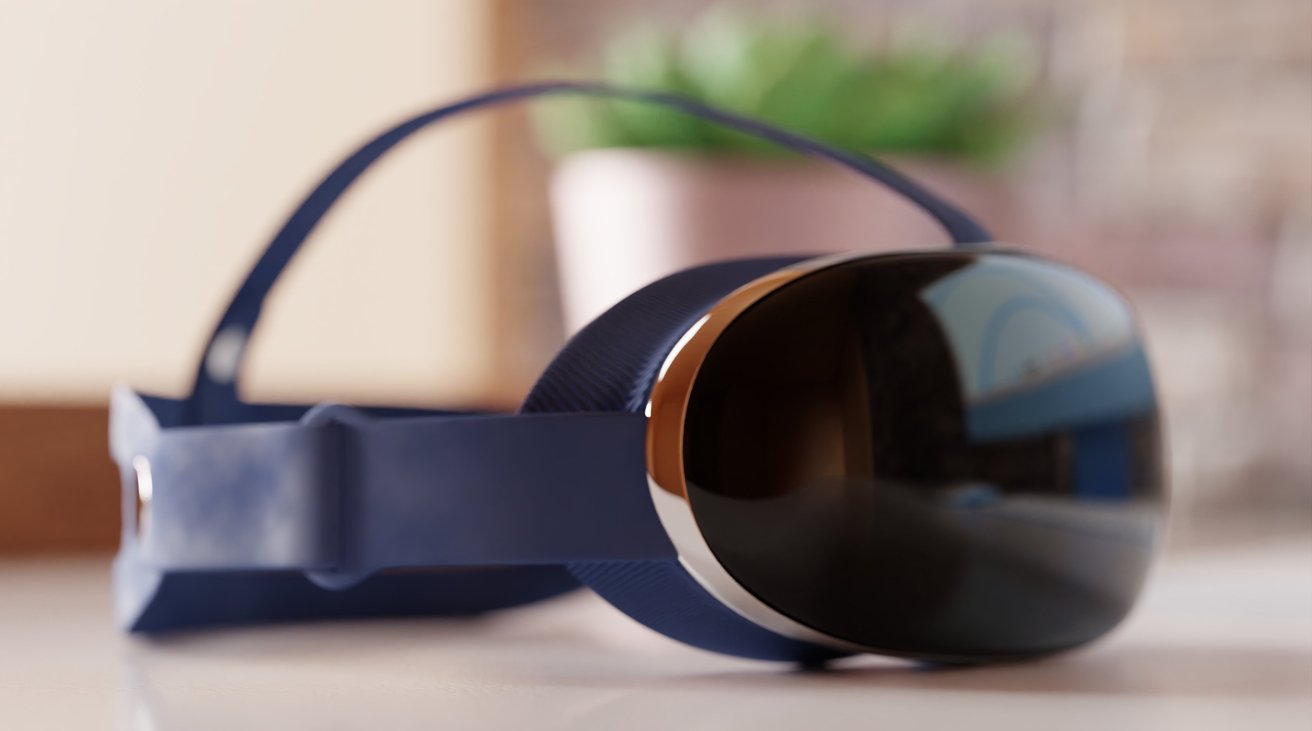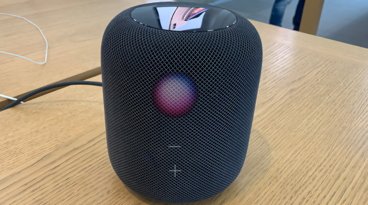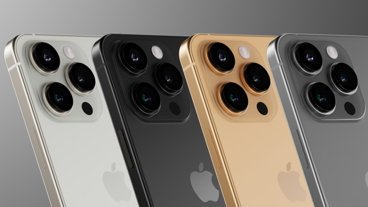Apple's AR headset could use LG Display's new super-high resolution screens
Apple's AR or VR headset could use OLED screens incorporating new technology to provide the highest resolution possible for users.
VR and AR headsets, such as Apple's long-rumored hardware, need to use small but high resolution displays that can show an image to the user. While current systems rely on more typical display technologies to accomplish the feat, Samsung Display and LG Display are keen to dominate the component market for future headsets.
According to sources of The Elec, Samsung Display and LG Display are working on creating OLED on silicon (OLEDoS) and LED on silicon (LEDoS) technologies, intended for virtual and mixed reality devices.
As long-term suppliers of screens to Apple, it's no surprise that the two firms have a specific customer in mind. Sources believe OLEDoS tech from LG Display will be used in Apple's first mixed-reality headset, due to debut in 2023.
Specifically, LG Display's OLEDoS will apparently be used by an outer screen on the hardware. OLEDoS used inside the device is reckoned to be supplied by Sony, a current leader in the field.
Rather than using a glass substrate, LEDoS and OLEDoS use a silicon substrate, enabling for screens as small as an inch in size to be produced. These screens can also be very high resolution in nature, at thousands of pixels per inch compared to hundreds used in smartphone and tablet displays.
For example, Samsung Display's OLEDoS tech intended for use by parent company Samsung aims to create a 3,000ppi screen with 10,000 nits of brightness by 2024. Samsung Display also aims for LEDoS to reach a resolution between 6,000 and 7,00ppi.
Of the two technologies, OLEDoS will apparently be aimed at vendors of virtual reality devices, while LEDoS is meant for AR applications.
Previously, LG Display was reportedly trying to become a supplier of microOLED panels for Apple's mixed-reality headset. In 2020, it was suggested that Apple was sourcing half-inch panels from Sony with a resolution of 1,280 by 960.
In 2018, 8K eyepieces were thought to be on the components list for Apple's AR headset.
 Malcolm Owen
Malcolm Owen














 Amber Neely
Amber Neely
 Thomas Sibilly
Thomas Sibilly
 AppleInsider Staff
AppleInsider Staff
 William Gallagher
William Gallagher

 Christine McKee
Christine McKee









4 Comments
"Samsung aims to create a 3,000ppi screen with 10,000 nits of brightness by 2024"
10,000 nits? Surely a typo? That would be extraordinary too bright even in direct sunlight. Most LED displays you see during daylight is at 1000 nits to 1500 nits. Monitors usually show ~400 nits in well lit room.
Don’t try to fool us with that slick, svelte render. New-Apple will make sure it’ll be bulky with extra fan-cooling and space for the USB-A & HDMI port so the hobbyists can plug in their DVDs.
If using a silicon substrate, which doesn't seem able to allow light to bleed through, I'm not sure how AR is possible - you'd have to directly replicate the environment in its entirety before adding the augmentations, which is... VR.